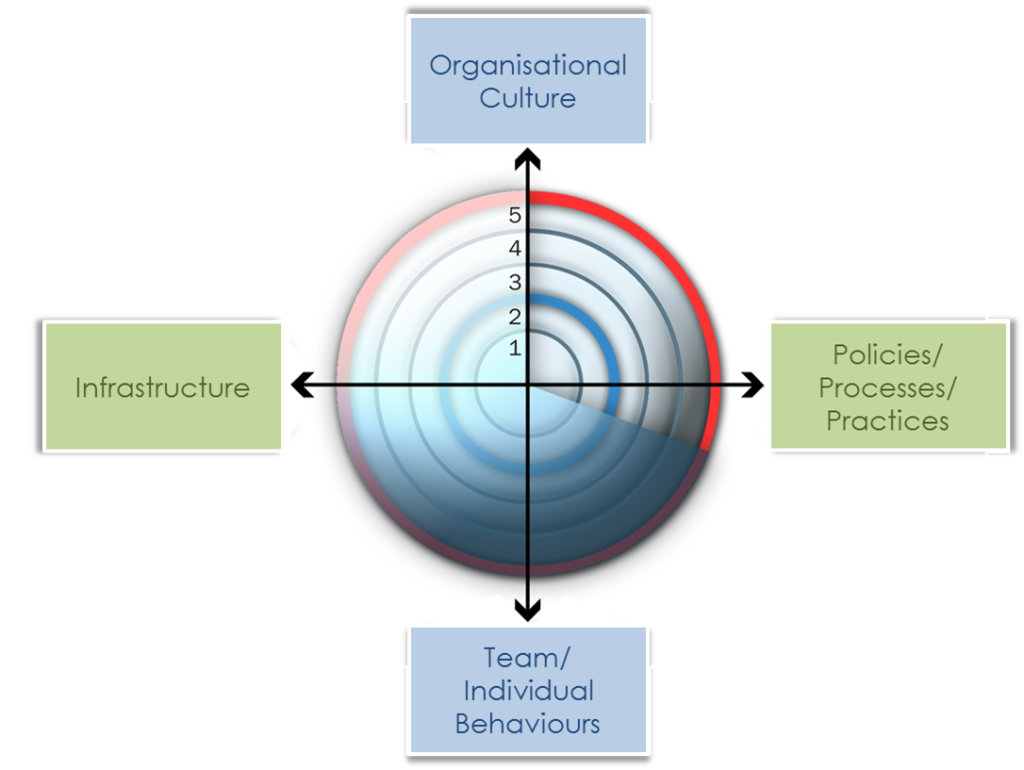1. Scenario:
The innovation unit of a FTSE-30 company wanted to create a step change in performance in relation to how it created, managed and used information and knowledge within its organisation. The organisation had through many rationalisations maintained a legacy culture of ‘knowledge is power’. Whilst staff had access to a reasonable level of IT infrastructure it was mainly used for creating Microsoft Office documents and distributing them by e-mail. The key leaders in the organisation felt that, as a knowledge based business, the organisation could make better use of the resources available.
2. Research Phase:
During the first phase there was a focus on understanding the key user requirements. This was distilled from a number of stakeholder interviews and culminated in a whitepaper covering: the requirements; the approach to be taken; and the resources required. Key outcomes were 3 key requirement areas:
– Where are we on project X?
– What have we done before on subject Y?
– Better collaboration
A step change in capability was acknowledged as needed and to achieve this, a more holistic approach would be required rather than the traditional IT led approach.
.
.
3. Holistic Approach:
 A ‘four axis model’ was created to articulate that improvements in terms of infrastructure and processes were key enablers and would give incremental improvements. However, to get to the step change in improvements disproportionate focus would be required on the differentiators defined as organisational culture along with individual and team behaviours. The 4-axis model was extended to create the Information Management Maturity Matrix (IM3) which was used to measure progress over time.
A ‘four axis model’ was created to articulate that improvements in terms of infrastructure and processes were key enablers and would give incremental improvements. However, to get to the step change in improvements disproportionate focus would be required on the differentiators defined as organisational culture along with individual and team behaviours. The 4-axis model was extended to create the Information Management Maturity Matrix (IM3) which was used to measure progress over time.
4. Integrated & Adaptive :
As the programme was rolled out, a coherent, integrated set of tools and approaches were used to continually review and analyse the progress.
The tools were key in order to architect a series of interactions focused on pushing out on each axis of the IM3 model and over time to raise the organisational capability. The approach was integrated yet adaptive with stakeholder management at its core.
5. Outcomes:
– Over a 2 year period the it was possible to demonstrate a tangible improvement in capability at the enterprise, team and individual levels.
– Both individuals and teams acknowledged that the new approach had added value to the way in which they performed.
– The organisation was seen as thought leaders in the area of organisational information management.
– The approach was used as best practice in creating a global programme improving information management within the company.
– Significant benefits achieved through the improved use and re-use of material, making savings in terms of time and resources.




